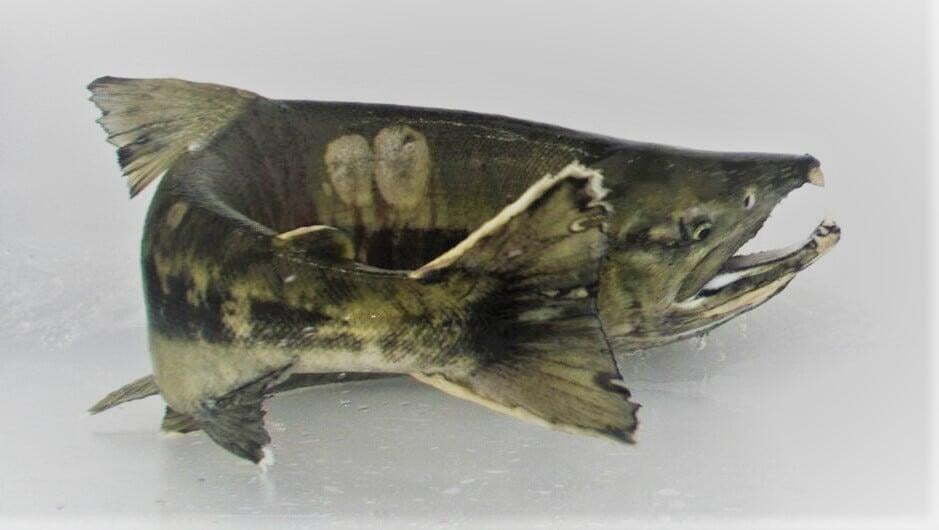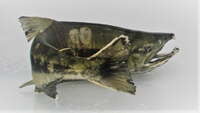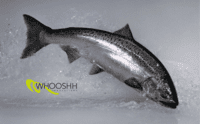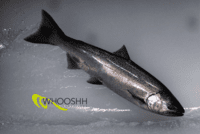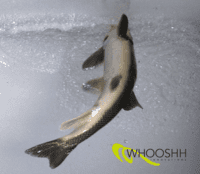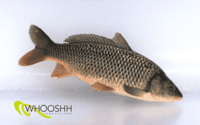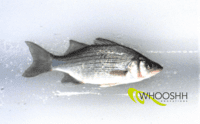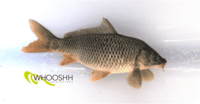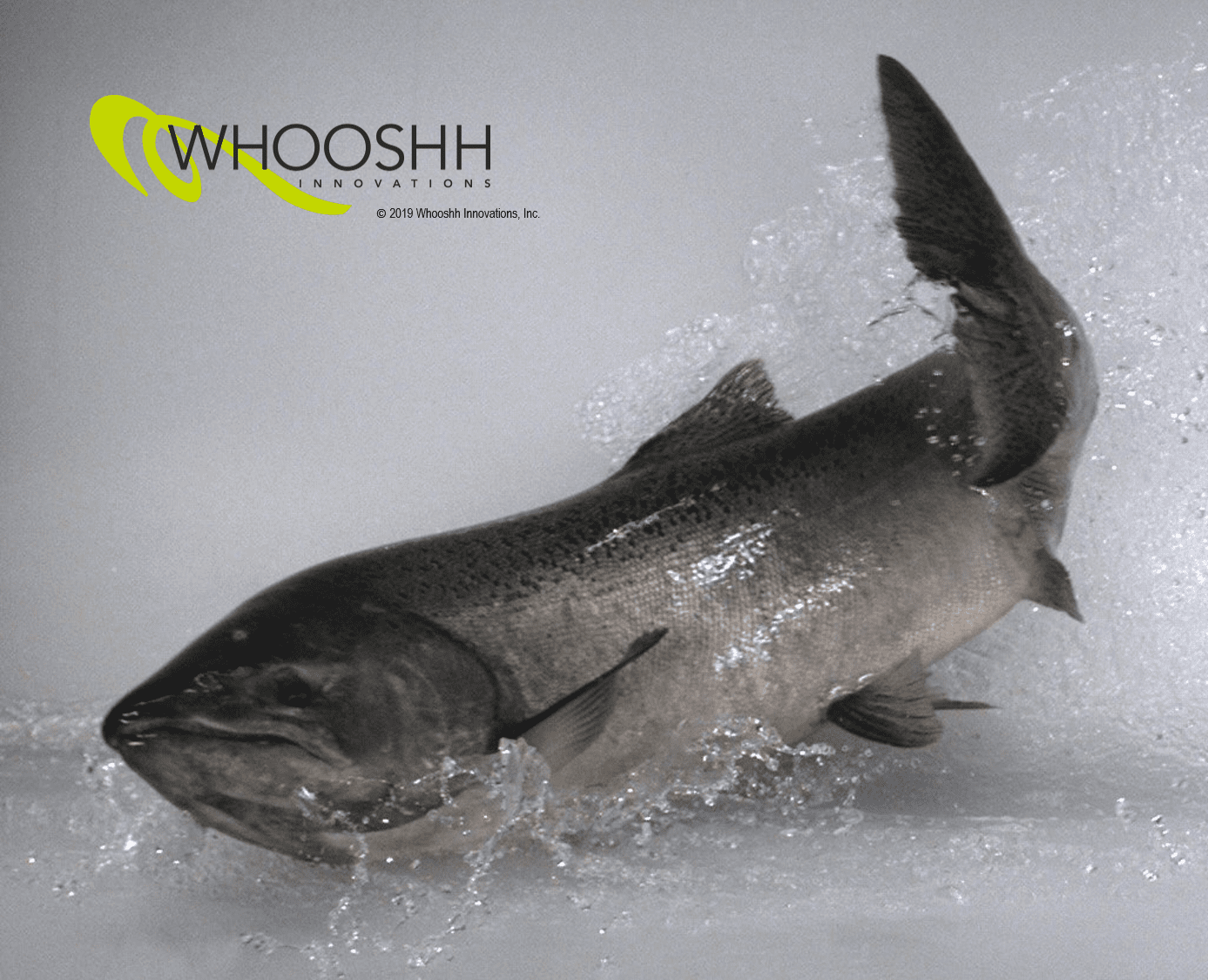why is it important?
With climate change and natural and man-made barriers disrupting river flows and fish habitat, the ability to collect data on migrating fish has become more critical to ensure sustainable fish and healthy waterways. Data provides us with the necessary information to keep track of invasive species, health and illnesses, migratory patterns, and a myriad of other important metrics.
We know that the need for automated species classification exists. The health of our waterways, the ecosystem, and fishing industries all require more informed management decisions to achieve and maintain sustainable native fish populations.
Currently, the cycle from data collection to completion of an annual fisheries report is approximately two years. In order to restore and protect our waterways, there needs to be timely information upon which immediate action can be taken and evaluated.
what do we do?
Our scanning and data systems are modular, use volitional entry and feature high definition machine vision scanning. This allows us to gather data on the number and timing of each fish coming through, whether the fish came from a hatchery or is wild, which species it belongs to, whether any injury to the fish is present, and the size of the fish (girth, width, & length.) The FishL Recognition™ system also collects data on the date/time of day, flow rate, water temperature, and other environmental indicators present.
Our systems combine machine learning with high speed imagery, allowing for real time automated decision making and data enhancement.
Over the past three years we have utilized our FishL™ Recognition System to obtain thousands of high definition machine vision images of fresh and marine fish species. The software was developed in collaboration with the leading expert in machine vision imaging in horticulture. We have strategically leveraged our combined expertise to create a fish imaging tool unlike any other.
what is our impact?
Last year, we installed our FishL Recognition system at the Bonneville Dam on the Columbia River and collected over 220,000 images from 12 species of fish. We analyzed the data and presented the analysis to the National Marine Fisheries Service, which enabled them to better gain new insights into the health and characteristics of the run.
Our vision is to modernize the way in which we collect fisheries data in order to enable real-time selective fish passage, and increase the quality of the data that is collected and analyzed to allow active, informed fisheries and water management. This will allow for superior water management for fish migration. A rapid, low-stress, autonomous, real time fish species assessment tool to advance active fisheries management in all our rivers is the ultimate goal.
Our FishL Recognition scanner has been installed in fish ladders, at hatcheries, at fish handling facilities on rivers, and in our Passage Portal system on one of the biggest most wild and turbid rivers in the world. It has helped to improve how data is collected and has enabled scientists to have access to a permanent record, stored data, of every fish scanned, such that observations and analyses can be reviewed and verified.
While FishL Recognition is a key modular component to our passage and sorting system, the scanner can be utilized as a standalone module in various settings. We have loaned mobile scanners to hatcheries, universities, USGS, and Native Tribes to expedite research efforts at home and around the world.
